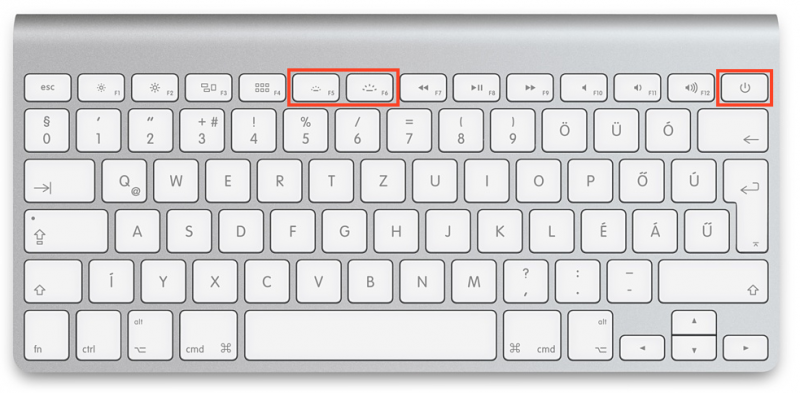Which Is The Option Key On A Macbook

Apple's Mac keyboards actually do have a Control (Ctrl) key, but the Control key doesn't function like the Control key on Windows. Keyboard shortcuts like Ctrl+C to copy text won't work.
Option Button On Keyboard
Another Mac user Hello - I am also a new MacBook user finally crossing over after years and years of PC-ing in my life. I also did not know where the 'options' key was.
To see all Mac key symbols, you need to select Show Emoji & Symbols option from the same language flag menu, or use a shortcut Control + Cmd + Space. Here, you’ll see all kinds of categories on the left: Emoji, Arrows, Currency Symbols, etc. The Option (⌥) key – or Alt key, depending on your keyboard layout – can be used to unlock all kinds of features hidden in your Mac's operating system. Subscribe to the MacRumors YouTube. Apple submerges many informations and options in the MacBook’s menus. The users can have access to these with the ‘Option Key’ available on the keyboard. The users may have to hold the Option Key before opening menu in some cases and in others you can hold the Option Key at the same time while menu is open and witness items on menu change. In summary, on a Mac, you'll probably be pressing the Command key to issue keyboard shortcuts. The Control (Ctrl) key is also present, but it isn't used for many things. The Option Key functions of Mac. The Option key functions similarly to the AltGr key on many PC keyboards, which explains why it also has 'Alt' printed on it.
The Command Key functions of Mac
The Command key doesn't do anything on its own. It's a modifier key you can press to issue keyboard shortcuts to applications.
Photoscissors 6 1 download. For example, while you press Ctrl+C, Ctrl+X, and Ctrl+V to copy, cut, and paste on Windows, you press Command+C, Command+X, and Command+V to do the same on a Mac.
This key has the ⌘ symbol on it. This symbol appears throughout the Mac's menus to indicate when you can press the Command key along with another key to issue a keyboard shortcut. https://guguhead256.weebly.com/fantasy-golf-3d-hd-free-golf-games-mini-golf-for-mac.html. The Command key originally had an Apple logo on it, but Steve Jobs thought displaying the Apple logo throughout the original Macintosh's menu would be overusing the logo.
A designer chose the ⌘ symbol to replace it. It’s an old symbol used in Nordic countries to indicate places of interest — in Sweden, it's the official sign for a tourist attraction.
In summary, on a Mac, you'll probably be pressing the Command key to issue keyboard shortcuts. The Control (Ctrl) key is also present, but it isn't used for many things.
Mac Keyboard Commands
The Option Key functions of Mac

Macbook Key Stuck
The Option key functions similarly to the AltGr key on many PC keyboards, which explains why it also has 'Alt' printed on it. Holding it and pressing another key allows you to type a special character that doesn't normally appear on the keyboard.
For example, pressing Option+4 with the US keyboard layout will produce ¢, the cent sign which normally doesn't appear on your keyboard. Like other modifier keys, it's also used as part of some keyboard shortcuts.
This key has the ⌥ symbol on it. Printing software freeware. This symbol is used throughout the Mac's menus to indicate when you can press the Option key, the same way the Command key's symbol is. Unlike for the Command key, we don't have any history that indicates why this symbol was chosen.
For example, when you click the Apple menu you'll see the keyboard shortcut assigned to Force Quit. if you're not used to a Mac's keyboard, these symbols may look like hieroglyphics — but they're really saying you should press Option+Command+Escape to open the dialog where you can force-quit applications. It's like the Task Manager on Windows.
Macbook Pro Function Keys
For the purpose of this new article, the featured image(s) were sourced from the internet. For any issue, please contact us, and we will deal with the matter promptly.

Which Is The Option Key On A Macbook
UNDER MAINTENANCE